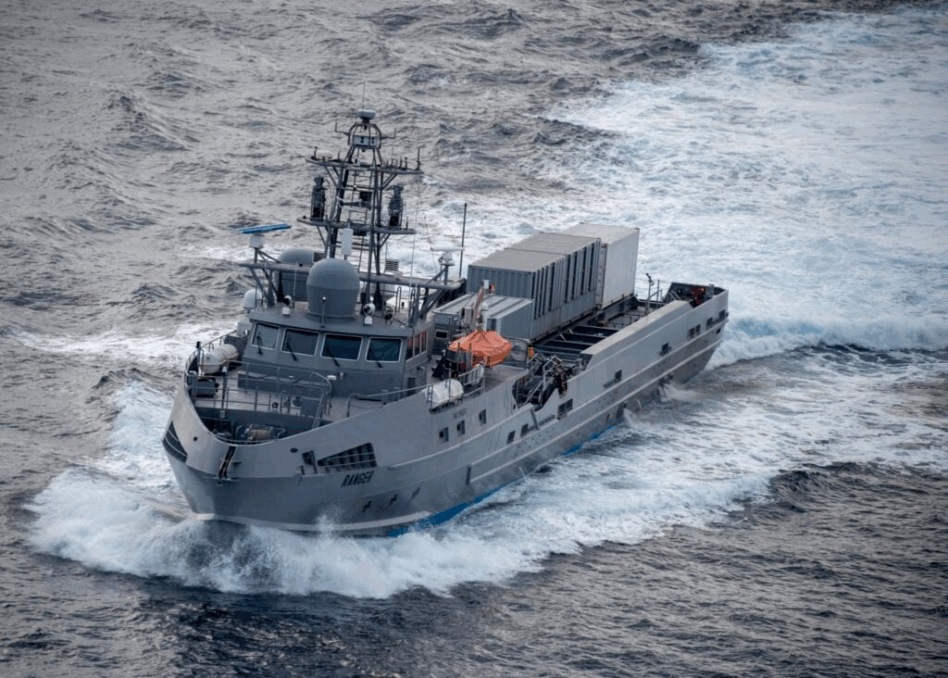Remember when we said maritime autonomy is all the rage? Well, looks like we were right.
Yesterday, the Navy officially launched its Modular Attack Surface Craft (MASC) program with a nice lil solicitation. According to the doc, PMS 406–the unmanned maritime systems program office–is “seeking proposals for innovative, commercial technologies that accelerate attainment of [unmanned surface vessels (USVs)].”
The service is asking nontraditional suppliers and commercial vendors to submit five-page white papers outlining how they can help speed up “the design, development, and demonstration of [USVs],” based on which they’ll issue prototype projects for medium-sized drone boats.
Interestingly, the Navy will be using the ever-popular-among-the-innovation-crowd Other Transaction Authority (OTA) to issue awards for the program. Looks like the services may finally be catching up.
Spot the difference: Like the Army is doing with NGC2, the Navy seems to be doing things differently this time around. Only nontraditional contractors, small businesses, and companies funding most of their own work are eligible to apply, and the program will employ an “iterative” prototyping process.
Applicants will have to go through three phases to be picked for MASC:
Phase 1: The White Paper
- Companies will need to submit a five-page white paper outlining their vessel, the need it fills, estimated cost, company details and funding data, and build timeline.
- Applicants will be evaluated on technical merit, affordability, and relevance to the program.
Phase 2: The Pitch
- Companies will then have to submit a 90-min pitch, plus do a 90-min Q&A and a 2-hour site visit.
- This will give the PEOs the chance to get a better look at the teams, production capacity, cost, production timelines, and all those fun nitty-gritty details.
- Winners will basically be chosen on who seems to have the ability to scale.
Phase 3: The Proposal
- Finally, companies who make it through the pitch stage will have to submit a full proposal outlining how they will build the USV technically and how much it will cost.
- OTAs will be issued for prototypes accordingly.
And the program isn’t limited to US companies—foreign firms can apply as long as they can pass US security clearance, meet those nontraditional requirements, and have all the necessary export licenses.
Seems all those USV companies–looking at you, Saronic, HavocAI, Saildrone, and BWA–making bets on medium-sized USVs have the right idea.
Not too big, not too small: We asked the Defense Innovation Unit (DIU) (whose advisors worked closely with PMS 406 on the solicitation) why this was such a critical move.
“Building on the momentum from the rapid integration and demonstrated potential of sUSVs into fleet operations, mUSVs offer additional payload capacity, variety, and resilience to realize distributed maritime operations objectives,” a spokesperson told Tectonic in a statement. In other words, these bigger unmanned ships can do a lot more, without being so large as to be expensive and unwieldy.
Plus, they said, the Navy’s adoption of OTAs is huge. It marks the move of these creative acquisition methods—designed to help nontraditional companies—out of innovation units and into the mainstream military. “OTAs are critical here because they lower barriers for non-traditional defense providers and allow for flexible, iterative prototyping and follow-on production,” they added. “[Proliferation] across PEOs is important to continue to scale commercial tech solutions and continue to expand the defense industrial base.”

